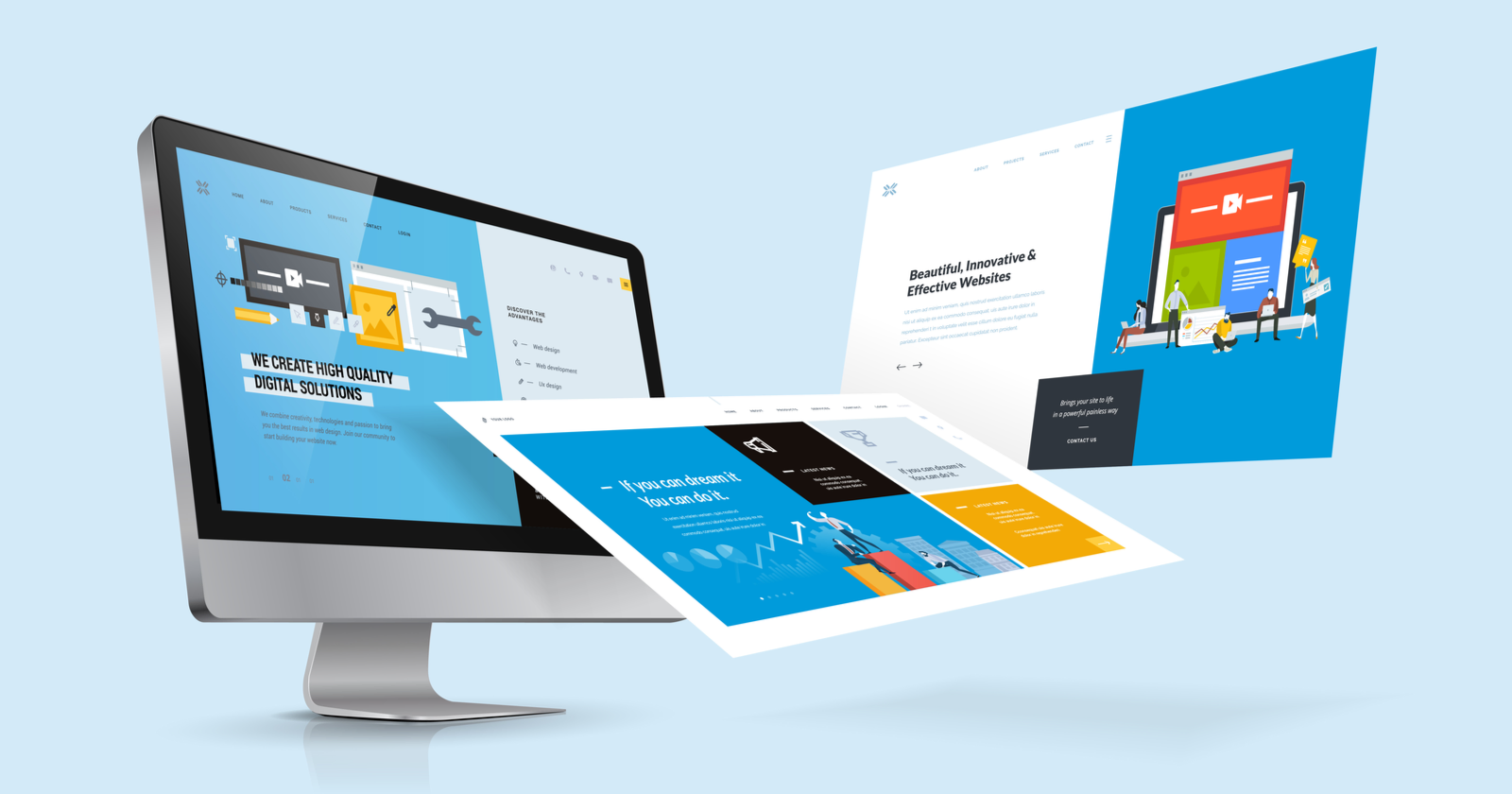Empowering Inclusivity and Compliance
In our increasingly digital age, web accessibility has emerged as a fundamental aspect of web development and design. The internet serves as a gateway to information, services, and opportunities, and it is imperative that everyone, regardless of their abilities, can access and utilize online resources. This article presents a practical guide to web accessibility, elucidating its significance and offering insights on how to ensure your website is more inclusive and compliant with accessibility standards.
The Significance of Web Accessibility
Web accessibility, in essence, refers to the practice of ensuring that websites and web applications are user-friendly for individuals with disabilities. These disabilities encompass a wide spectrum, including visual impairments, hearing impairments, mobility limitations, and cognitive challenges. By adhering to web accessibility principles, you not only exhibit a commitment to diversity and inclusivity but also tap into a larger and more diverse audience. Here are some compelling reasons why web accessibility is essential:
- Legal Mandates: Many nations have enacted laws and regulations that necessitate web accessibility. For instance, in the United States, Section 508 of the Rehabilitation Act and the Americans with Disabilities Act (ADA) mandate that federal agencies and organizations receiving federal funding must ensure their websites are accessible.
- Expansive Reach: By making your website accessible, you cater to a broader audience, including people with disabilities, the elderly, and those utilizing assistive technologies. This expanded audience can potentially enhance your user base and foster increased customer engagement.
- Enhanced SEO: Search engines, such as Google, reward accessible websites with higher search rankings. Accessibility practices often align with search engine optimization (SEO) best practices, leading to improved online visibility.
- Elevated Reputation: Demonstrating a commitment to accessibility not only benefits users but also bolsters your brand’s reputation. Users value websites that are considerate of their diverse needs and are more likely to engage with and trust accessible platforms.
Practical Steps Towards Web Accessibility
Now that we’ve established the importance of web accessibility, let’s delve into some practical steps you can take to make your website more accessible:
- Understand WCAG: Familiarize yourself with the Web Content Accessibility Guidelines (WCAG). These globally recognized guidelines outline the principles and success criteria for web accessibility. They are divided into three levels of conformance: A, AA, and AAA, with AA being the most commonly targeted level.
- Alt Text for Images: Provide alternative text (alt text) for all images on your website. Alt text describes the content or function of images, making them accessible to screen readers and individuals with visual impairments.
- Keyboard Navigation: Ensure that all interactive elements on your website, such as forms and buttons, can be navigated and used with a keyboard alone. Keyboard accessibility is crucial for people with mobility issues who cannot use a mouse.
- Caption and Transcribe Media: Add captions to videos and transcribe audio content. This benefits individuals with hearing impairments and those who prefer to consume content in a text format.
- Semantic HTML: Use semantic HTML elements appropriately. This helps screen readers and search engines understand the structure and content of your web pages.
- Contrast and Color: Ensure that text has sufficient contrast against its background to be easily readable. Avoid relying solely on color to convey information, as this can pose problems for individuals with color blindness.
- Responsive Design: Implement responsive design practices to ensure your website functions well on various devices and screen sizes. This also benefits individuals with disabilities who may use specialized devices.
- User Testing: Conduct usability testing with individuals who have disabilities to identify and address accessibility issues. Their feedback can be invaluable in improving your website’s accessibility.
- Accessibility Tools: Utilize accessibility evaluation tools and browser extensions to identify and fix accessibility issues. Tools like WAVE, Axe, and the browser extension aXe can help automate the process.
- Stay Informed: Web accessibility is an evolving field. Stay updated on the latest guidelines and best practices to ensure your website remains accessible.
In conclusion, web accessibility is not just a legal requirement but also a moral imperative and a practical business strategy. By following these practical steps, you can make your website more inclusive, thereby enhancing its reach and reputation while ensuring that everyone can access and benefit from the content and services you provide.





